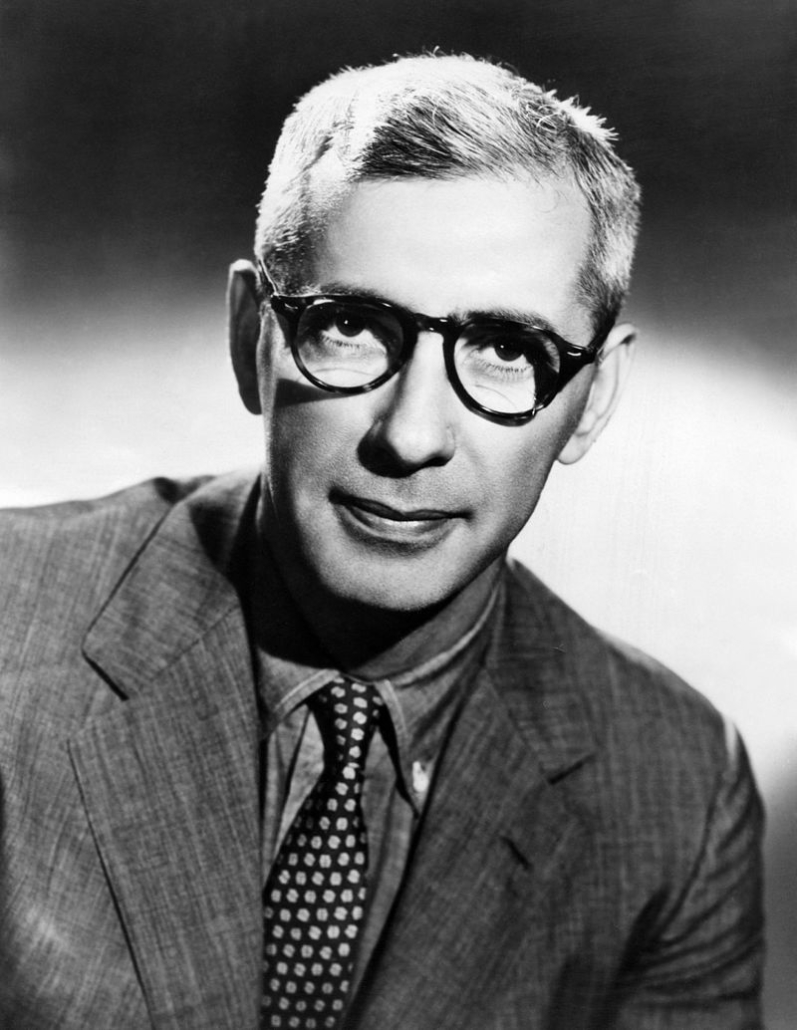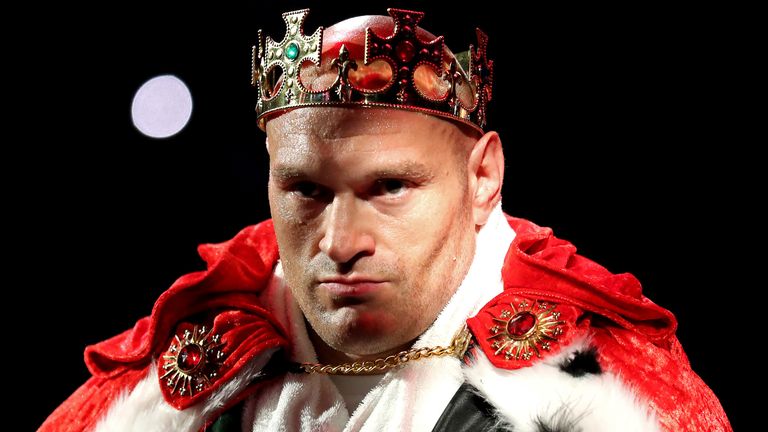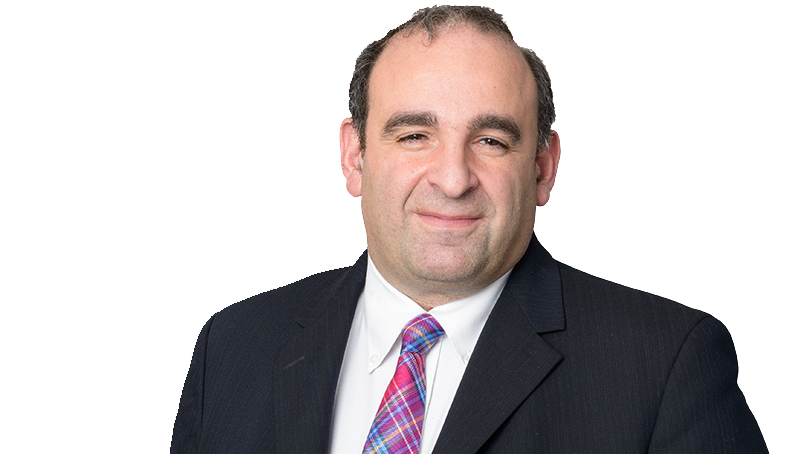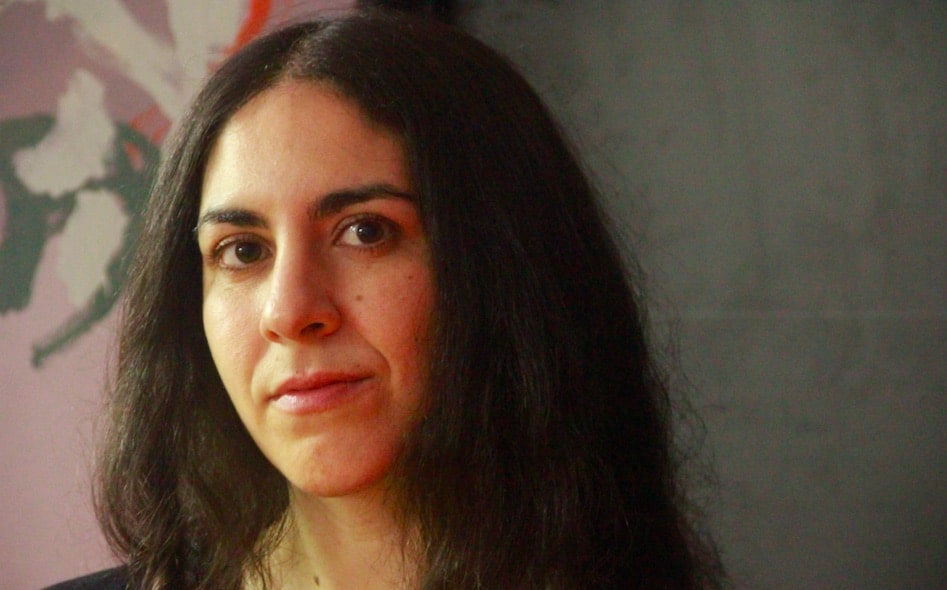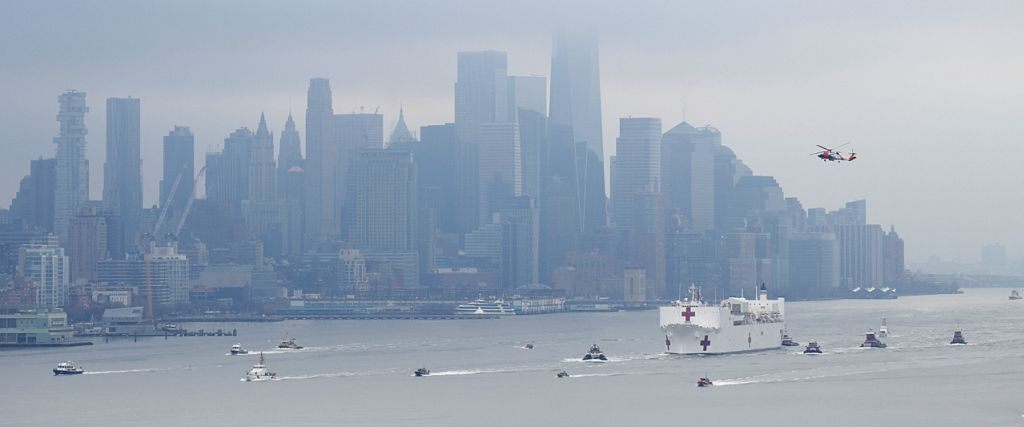Thoughts from a Leather Couch About COVID-19
Note: I wrote this article on March 30th. After I finished it, I thought, “You’re ancient and losing it and unqualified to be writing about this topic. Everybody is on board with how to come at this COVID-19 pandemic and there has to be something wrong with you.” I set the article aside. It’s now April 1st and I re-read it and went, “Oh, put it out there. It’s your truth even if it isn’t the truth. Readers will know enough to take it for what it’s worth.” So here it is.
* * *
Leather couch in the title of this article refers to where I spend most all of my time these days in my living room. I’m retired and geriatric old—80 next month—and I possess next to no energy, and spinal stenosis and arthritis are really bad, and in the morning, it’s all I can do to make breakfast and get the cereal with fruit and a cup of coffee and glass of milk to the leather couch to consume while I read The New York Times on my laptop, hell of a deal.
Today’s [March 30th] Times headline was “As U.S. Death Toll Climbs, Washington Weighs New Emergency Steps.” [April 1st, it is “Virus May Kill 100,000 to 240,000, Experts Say.”] It’s online, but what I would call the front page of the Times had 13 stories—every one of them was about the current COVID-19 crisis. There were 11 opinion pieces on the front page—same thing.
This has been going on for weeks. The Times is really hyping this issue. I’m told (I rarely leave the house except once in a while to go to the supermarket and to get books at the library, so I don’t really know for myself) that business activity is shut down and everybody is holed up in their abodes and washing their hands super carefully (I’m pretty good at that) and trying to keep from touching their faces (I could use some improvement there) and staying away from other people (my specialty). The Times said that President Trump announced this arrangement is going to go on for another month.
I’m finding that one of the major activities in my old age, at least until the dementia sets in—or gets worse, whichever it is—is to sit on this leather couch I’m sitting on at this moment and watch, as it were, a rerun of my life’s movie being projected inside my head.
One of the very early scenes of my biopic, I was probably four, this was Minnesota, I heard a plane go overhead and pointed it out to my mother.
She replied, jokingly I now realize—or was she maliciously trying to scare me?—“That could be a German plane dropping a bomb on us.”
“A what?”
“A bomb. We’re at war with the Germans.”
I didn’t know what a bomb, a war, or a German was at that time and I left it at that and went about my day, such as it must have been. But for some reason that episode is in my movie over 75 years later.
Which is a lead-in to my first point in this writing: No bomb has ever been dropped on me, literally or figuratively, in the whole of my life until now; this COVID-19 “bomb” has hit its target, I’m feeling it. And to keep the movie scene connection going, I’m just about as clueless about what’s going on with this virus and the collective response to it as I was about the plane back in 1944.
All to say, I’ve got some personal investment in this COVID-19 issue—enough to get me to take the time to write this up—but I’m not trying to play expert here. What I am trying to do is get across the thoughts of an average Joe—me–for your consideration. This is what I would say to you if somehow you got yourself into the red easy chair that is six feet away from me sitting here on this couch.
* * *
As I sit here day after day—is it Tuesday or Wednesday?—I realize what little involvement I have had in the big events of my time on earth and how little impact they have had on me. It’s the no-bomb-has-dropped-on-my-head point in the last section. There was a polio epidemic in the ‘40s, and my mother told me going swimming in a lake was deadly bad (you could catch polio that way, or so she thought anyway), and I’ve been afraid of the water ever since. That’s not much. In grade school, I practiced getting under my desk like the teacher said so I’d be protected when the Russians dropped an atomic bomb on Saint Paul, Minnesota. Though as I think about now, I’m not sure how much good being under the desk would have done for me if that had happened, and the truth is I never caught on to exactly why I was crouching under the desk in the first place. The Korean War was a map in the Saint Paul Pioneer Press newspaper showing a battle line near the city of Pusan at the bottom of South Korea, and then there was the Inchon landing up near the city of Seoul, and then the Chinese driving us back from where we’d gotten in North Korea to about where things were when the war started, but what that had to do with anything, I couldn’t have told you. I didn’t have to fight in Viet Nam because I had enlisted at seventeen and was out of the army before the war escalated, and anyway, I wouldn’t have been drafted because I was teaching in a high school. 9/11 was in Manhattan and I was in Vermont teaching at the university and going to movies and watching ballgames on television. There was the Iraq war and the AIDS crisis, and I could list other major public occurrences, but everything stayed “over there” not part of my life. But this current COVID-19 crisis, hysteria, pre-occupation, whatever to call it, is a whole different matter. It’s not over there, it’s right here.
With the market plunge, hundreds of thousands of dollars in my retirement account, which I had spent a half century building up, have disappeared, poof.
I have a fifteen-year old daughter, a sophomore in high school, who lives in another state from where I live. Despite our geographical distance and my decrepitude, we are very close. She’s been ordered to stay away from her friends. She loves school, and it’s shut down. She’s an elite golfer. No more high school golf team. The country club she plays at closed. She was set to go to Augusta and see the Masters golf tournament. Postponed. I’m worried that I’m not going to be able to support her golf, which is very expensive with the coaches, equipment, country club membership fees, and travel to tournaments, and get her clothes and the other things she needs, and college is coming right up. I’m wondering who cares about that except me.
I live next door to a restaurant and went there some and got to know the service people. The restaurant has shut its doors. I’m asking myself, how are the people who worked there paying their rent and buying food and putting gas in their car and taking care of those who depend on them?
The library I go to is closed.
When I last went to the supermarket, shelves were oddly empty, and I found myself in a vague panic buying more than I need, and just now I checked my supply of paper towels and toilet paper.
* * *
I’ve noticed that lately there have been an increasing number of stories in the media about people, both celebrities and ordinary folks, coming down with COVID-19 (infected with it or they have a case of it, the terms are used interchangeably, which can be misleading). Celebrities that come to mind are actor Tom Hanks and his wife Rita Wilson, NBA star Marcus Smart, and the playwright Terrence McNally, who just died of it. I remember this pattern with the AIDS epidemic—this person has it, and now this other one, and this other one; the menace grows greater, comes closer, and closer, and closer . . .
These revelations of people contracting the virus are coming across to me like death sentences, a brain tumor or something—oh my god, she/he has COVID-19! I’m asking myself, what happens with people who are infected (or have a case)? Are they gasping for breath or what? How are Tom Hanks and Rita Wilson doing? I know they’ve been quarantined, but I haven’t read anything about them having actual symptoms. The ballplayer Marcus Smart says he’s feeling fine.
USA Today this morning had a front-page story with the headline, “CBS Mourns Longtime Journalist Maria Mercader, Who Died at 54 from Coronavirus.” Buried deep in the story, this sentence caught my eye: “Mercader battled cancer and related illnesses for more than 20 years and had been on medical leave for an unrelated matter since the end of February.” Did she die from COVID-19 or from cancer and related illnesses? Did the virus kick her over the edge the way hepatitis did with AIDS sufferers? Hepatitis didn’t take them, really; it was the AIDS virus. Would Maria Mercader have died if she hadn’t had cancer? What’s the risk for healthy people getting COVID-19?
I just now checked and found out that Terrence McNally, who was 81, had lost portions of his lungs from lung cancer and at the time of his death was living with COPD, which usually means emphysema and bronchitis, shortness of breath, wheezing, and a chronic cough. I don’t remember reading about the COPD in the stories about his passing. Did McNally being 81, not 21 or even 41, and having COPD have anything to do with his death? Was COVID-19 even a contributing factor? Did he die with COVID-19 but not from it? Does it make any difference that my daughter is a healthy 15-year-old, and that despite my age-related limitations, I’m a healthy 79-year-old?
There’s a big problem in Italy with coronavirus, so the media keep telling us. We better be careful to lock everything down tight or we’ll be in huge trouble like Italy. Because I’m writing this—I wouldn’t have done it otherwise—I went online and found out that the average age of death from coronavirus in Italy is 79, and only 2% of those who have died from it didn’t have pre-existing health conditions. Of the first nine deaths from coronavirus in Italy, seven had “grave pathologies such as heart disease.”[1]
More online perusal, I couldn’t find case fatality rates (the percentage of people who die from COVID-19) by age in the U.S. I did, however, find data for China, South Korea, Spain, and Italy. For those four countries, the fatality rate of children under nine-years-old is zero; ages 10 to 19, zero except for China, which is .2% (one-fifth of one percent, two out of a thousand); for those 20–30, .2% in China and Spain, no data on the other two countries; and for those 30-39, between .1 to .2.
In the U.S., how many people who are otherwise healthy are dying from COVID-19? Healthy or unwell, how many people under 40 are dying of it? I’m just asking. And I’m wondering who in the media, whose job it is to ask and answer these questions, are doing it. And if they aren’t doing it, why not? Is the mainstream media informing us or selling something to us?
* * *
To make sense of anything, it helps to compare it to something else. There are two obvious phenomena to compare to COVID-19: the regular seasonal flu, and the 2009 swine flu pandemic. It intrigues me why neither of those comparisons is made, or at least it isn’t jumping out at me.
According to Centers for Disease Control and Prevention (CDC) data, this flu season—from last October to now, the season goes from October to April each year, the cold weather months; as far as I know, April has never been the peak month with the flu—there have been 38 to 54 million cases of the flu (egad!), 17 million medical visits (!), 390,000 hospitalizations (!), and 29,000 to 59,000 deaths (!). I don’t know why the ranges are so great with the cases and deaths numbers. This isn’t an exceptionally bad year for deaths. In the 2017–18 season, there were an estimated 61,000 deaths, and 34,000 in 2018-19. Those data can be compared with a CNN report today [March 30th] of 161,698 cases of COVID-19 and 3003 deaths in the U.S. [April 1st: it’s 4,476 deaths.] Why is COVID-19 causing this huge run on doctors and hospitals we’re hearing so much about and the flu isn’t?
It would help if, week-by-week, there was a chart comparing what’s happening with COVID-19 and the regular flu, and a discussion of it. Is one of the two worse than the other? Does one call for a different response than the other? How does the way we deal with one inform our approach to dealing with the other? The bottom line questions: Is COVID-19 basically no different from the regular flu? Could the flu data this season—cases, deaths—have supported the same “the sky is falling!” media-and-politician reaction COVID-19 is getting?
Another comparison that looks promising to me is with the 2009 swine flu pandemic in the U.S. I’m not seeing reference to that crisis in the public discourse around the COVID-19 pandemic. Two pandemics, why not compare them? The CDC reports that from April 12th, 2009 to April 10th, 2010 there were 60.8 million cases of the swine flu, 274,000 hospitalizations, and 12,469 deaths.[2]
How’d we deal with the swine flu health crisis just over a decade ago, and what can we learn from that experience? I don’t remember the doomsday scenarios—“Millions will die if we don’t take drastic measures!”—that I’m hearing now, but perhaps I wasn’t paying attention. I can say this for sure, though: I was teaching in a university back then and I never missed a class (now my university is doing what it calls remote learning), and every restaurant in town was open. My retirement account went south in the financial crisis in 2008, but nothing bad happened to it in 2009 and 2010. I just checked: the Dow went down 34% in 2008, and it went up 19% in 2009 and 11% in 2010. Now, I’m worrying about getting my daughter clothes for school and paying for college. What’s going on?
* * *
I’m concerned that when people get scared they become like race horses with blinders: they can’t see left or right, just straight ahead. And to keep the simile going, straight ahead is the direction the jockey they’ve let get on their back is driving them in.
Everything that happens affects everything else. We need to consider the various consequences, including negative ones, of whatever we do (we need to take the blinders off). What will it mean if what we do about COVID-19 results in an economic recession or depression with millions of people unemployed? To standards of living, to people’s sense of self-worth, and to levels of despair, depression, family disruption, drug use, and suicide rates?
Congressional leaders asked President Harry Truman how he was going to get an increase in tax money going to the military right after World War II when everybody assumed the military would be, should be, downsized. “Scare the hell out of people,” he answered. What he meant was that if the masses are scared, they will unquestioningly go along with whatever the government, supported by its allies in the media, says and does (let the jockey put a saddle on them and ride them around the track). The scare was the Cold War: the Ruskies are coming! Build a bomb shelter and get under your desks at school and fork over your tax dollars and give us the power to do whatever we feel like doing and you’ll be safe.
Korea was called “Truman’s war” (actually, it was labeled a “police action” in order to stay away from him having to run it by Congress to get a declaration of war). Young Americans, who had no choice in the matter, wound up fighting North Koreans and Chinese to the death—40,000 of them are in their graves for eternity—in 25 below zero weather, 6,000 miles from their homes.[3] The jockey rides.
I recently read a biography of World-War-II General Curtis LeMay.[4] LeMay was the architect of a fire bombing raid on the civilian population of Tokyo in March of 1945. Sixteen square miles of one of the most densely populated areas in the world was reduced to twisted metal and rubble; not a building stood. One hundred thousand people—men, women, and children—were burned, broiled, and suffocated to death. One million were left homeless. The media celebrated LeMay’s action and the man himself—kudos in The New York Times, he was on the cover of Time magazine, schools were named for him.
Why the standing ovation for what sickened and disgusted me as I read about it in the book? Because the Tokyo raid and the later atomic bombs dropped on civilian populations in two Japanese cities, were necessary to avoid the cost in lives and money of a ground invasion of Japan. Who decided we had to invade Japan? Where did our unconditional surrender demand come from? Where was the dialogue and debate in Congress and in the society generally about a negotiated end to the war short of Japan’s unconditional surrender?
What happened in Tokyo, Hiroshima, and Nagasaki was barbaric, it was nuts. Why did people go along with this insanity? Especially when they are frightened (are race horses frightened?), people are capable of being driven to run as fast as they can go in crazy directions and believe in it. Which is not to say definitively that’s what’s going on now with the COVID-19 crisis. I’m just saying mass hysteria is possible.
Everyday people shutting off their minds and giving up their power has gone on all of my life. The Cuban missile crisis in 1962, which could have resulted in a nuclear holocaust, was President Kennedy’s business alone. We docilely gave up our personal freedoms after 9/11.
I’m getting a déjà vu feeling with this COVID-19 response. The mainstream media fanning the flames; President Trump bossing the country around like it’s an episode of “The Apprentice.” The message to us all, and that includes our elected representatives, shut up and don’t question the experts—like General LeMay, and Secretary of Defense Robert McNamara with Viet Nam, and now, the CDC and the Surgeon General—and give us your money and do what you’re told and you’ll be safe. Two trillion dollars so far for relief; it took about two days to enact. How’d that happen? What part did your and my senators and congressman have in framing that bill? What have they said about it? What have you said about it? Does anybody know what’s in the legislation? Do you? Have you heard any discussion of this law’s possible consequences? Living on a fixed income, I’m prone to think about inflation, and I worry about the national debt. Truman was right: scare the hell out of them.
Crises make dictators of all public officials. Schooling in this country is the business of the people. They elect a school board and the school board hires teachers and administrators and sets policy. Educators work for the community and for the students and parents in a school. It’s our schools, our children, not theirs. With this health crisis, it has been a series of edicts from the school administrators in my daughter’s school; no explanations, no rationales. No more classes until, first, March 23rd, and then April 27th, and, now, June 19th. No teaching the regular curriculum until April 20th, which will then be taught on a remote basis. Why? None of your business. Don’t contact us. We’re working on it; we’ll get back to you. I have the sense that the school people are getting off on this COVID-19 scare. The journalist H.L Mencken said, “The urge to save humanity is almost always a false-face for the urge to rule it.”
I’m a citizen, not a subject. I’m a human being, not a race horse. I’m feeble and on the outside looking in these days, but I have a right to speak my mind in this country. And that’s what I’ve just done, and now I’m going to stop and go make breakfast and read the Times. I’ve been up all night.
[1] My apologies, I can’t retrieve the online source for the Italy numbers. I’m very sure of their accuracy, however.
2 The Wikipedia entry, “2009 Flu Pandemic in the United States.”
[3] I highly recommend Hampton Sides’ book on the Korean war, On Desperate Ground: The Marines at The Reservoir, the Korean War’s Greatest Battle (Anchor, 2018).
[4] Warren Kozak, LeMay: The Life and Wars of General Curtis LeMay, Regnery, 2011. I wrote an article after reading the book, “On COVID-19 and Curtis LeMay.”

